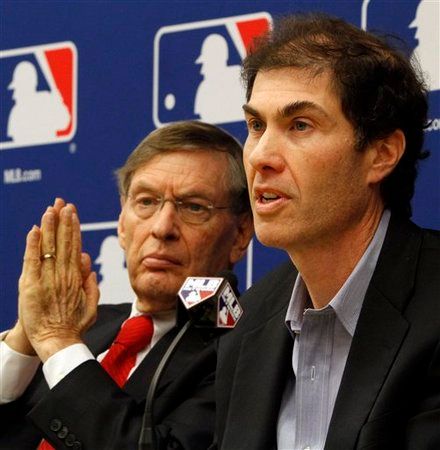 |
| Bud Selig and Michael Weiner (Photo: AP) |
The new CBA brings a lot of good to the game as it will now include an additional wild card for each league – something which helps the Indians – and also adds or changes much needed things like the use of more replay for fair/foul and trapped ball calls, free agent compensation, minimum salary requirements, and more.
But the big changes were to the draft and international market; two things which will drastically affect how every team operates in both areas going forward, especially the Indians. Here are some random thoughts on those changes and how they may affect the Indians:
- The biggest change is how teams will be capped on what they can spend on a draft before they are penalized with taxes or the loss of picks. For the upcoming 2012 Draft teams will be given a bonus pool of $4.5 million to $11.5 million based on where they are in the draft order and how many picks they have. The Astros have the #1 pick so will get the $11.5 million pool and the amount will go down from there until the last team which gets $4.5 million. The bonus pool applies to all picks signed in the first ten rounds plus any overage on picks signed after the 10th round in excess of $100K. If a team is 0-5% over their bonus pool they pay a 75% tax, if they are 5-10% over they pay a 75% tax and lose a 1st round pick the following year, if they are 10-15% over they pay a 100% tax and lose a 1st and 2nd round pick the following year, and if they are 15% or more over they pay a 100% tax and lose two 1st round picks.
- Ouch. Those new draft stipulations with the taxes and loss of picks are harsh. It remains to be seen just how harsh they are as the total bonus pool is rather high, so teams should still be able to sign most of their picks without penalty. But say good-bye to the days of taking risks later in the draft after the 10th round as it will be near impossible for teams to sign any player for big money after the top ten rounds. For example, in 2008 the Indians signed 16th rounder left-handed pitcher T.J. House for $750K and 22nd rounder right-handed pitcher Bryce Stowell for $725K. Under the rules of the new agreement both of them could only sign for a maximum of $100K and anything over that would be added to their bonus pool for the top ten picks. That means almost $1.3 million from those two signings would have come directly off their bonus pool. Considering they picked late in the draft and spent about $4.7 million on their top ten picks in 2008, it would have resulted in a severe overage to the bonus pool and likely resulted in a tax and loss of picks. Obviously they would not have allowed this to happen, so the end result is they would not have signed House, Stowell and/or some of the other top ten picks.
- And that is the problem with the new draft rules in the CBA. The league and Player’s Union will say that teams can still freely spend whatever they want on any player – which is true - but what the changes do is severely limit the quantity and quality of talent they can draft and sign. The top talent costs a lot, and if a team wants to draft that top talent and take the risk by spending money on bonuses for them they should be able to do so without restrictions. Yes, the new bonus pool will probably help level out some of the spending which had gotten out of control the last few years (give thanks to Neil Huntington and the Pirates for this), but this rule is essentially only helping the owners keep more money in their pockets. It hurts the teams and hurts the players as a greater amount of higher profile picks will now go to or return to college. Teams will have fewer opportunities to take more risks throughout the draft as their creativity will be stunted since or the most part the players taken after the 10th round will have to be signable players who go for slot.
- The college coaches have to be celebrating right now as what MLB effectively just did was push a lot of talent to school. It is great that a lot of these kids out of high school will now go to college where they can get an education and also continue to improve, but going to college will not necessarily make them better players. There is no proof that going to college will make anyone player better, in fact for pitchers it is argued it can hurt some of them because they can be extremely overworked which puts them in danger of injury. There is no clear path to the big leagues as it can be argued that getting players into a professional environment with better training, coaching, nutrition, facilities, and so on is better for these high school players in the long run. The top high school talent will still sign, but say good-bye to those mid to upper high school talents teams had been taking risks on signing in recent years.
- How does this affect the Indians? Well, they like a lot of other small to mid-market teams felt they could create a competitive advantage by “outscouting” teams. By spending a lot of resources on the draft to get the elite players they felt it was their one area to be ahead in the game of teams like the New York Yankees, Boston Red Sox, and so on. In recent years the Red Sox and others have gotten smarter and realized the draft is important, so that competitive advantage has shrunk, but it was still a playing ground where teams like the Indians could sign the players they wanted as long as they picked them. With the restrictions set by the bonus pool and to the top ten rounds, the Indians are now limited a lot more by what they can do in the draft. They can no longer really go above and beyond what a bigger market team may do in fear of drastic taxes and the loss of picks.
- One thing I have not seen yet from the CBA is if the picks in the first three rounds are still protected. If so, you could see a lot of teams forego signing some of their first three picks and instead use that money to sign picks in later rounds. For example, in the 2012 Draft the Indians could sign their 1st rounder but elect not to sign their 2nd and 3rd rounder so they have more money to sign other players from the 4th to 10th round and maybe cover some of the overage from some picks they sign after the 10th round. Not only would this allow them to have extra money for later round picks, but it would also give them a 2nd and 3rd round pick as compensation in the 2013 Draft and more money in their bonus pool. That seems too easy of a way to manipulate things so maybe there are some parameters in place to avoid all of this, but if not I would not be surprised to see teams do this.
- Teams can now no longer give drafted players Major League deals. This does not really affect the Indians too much as they were not big proponents of doling out Major League deals to first round picks. Of late teams have been more willing to sign players to Major League deals as it helps spread the signing bonus over a few years and helps the players get some additional perks. But these deals can often hurt a team as they have to carry a player around on the 40-man roster who may be a year or two away and may never reach the big leagues. The Indians learned this lesson nine years ago when they drafted Jeremy Guthrie with their 1st round pick in 2002 and gave him a Major League deal. Because he was signed to a Major League deal it only gave the Indians four years to keep him around before he had to stick on a 25-man roster, and they subsequently lost him after the 2006 season. In most cases clubs can control young talent for at least six or seven years when you include the three options that can be used when they are on a 40-man roster plus the three to four years they can be in the minors without having to be added to the 40-man roster. Had Guthrie been signed to a regular minor league deal with a bonus he probably would never have been rostered until 2004 or 2005 and thus would have been able to stick around an additional two or three years before being under the roster crunch because he was out of options. In a nutshell, this is a good change and essentially just saves the teams from themselves as the Major League deals were just not needed (or smart).
- The draft signing deadline date has been moved up from August 15th to a date between July 12th and July 18th. Hallelujah! The date would have just been fixed at July 15th, but with the All Star game around then Major League Baseball wanted some flexibility to be able to change the date by a few days either way so as to not conflict with the midsummer classic. The last thing they wanted during the three day All Star period was teams spending all of their time scrambling to sign picks at the deadline. This was a much needed change as anyone who has seen what has gone down the last two years with the August signing deadline could see clear as day how much of a charade the whole thing had become. The big money first round picks or way overslot later round picks all waited until the deadline date to sign or it was the date that the league allowed teams to sign the players due to their way overslot bonuses. Hopefully this change will also allow teams to more freely announce deals as they happen rather than have to sit on them for days or weeks until the league says they can. Most importantly, it all but guarantees that newly drafted players will get out to short season ball and play a significant amount of games in their first summer. That is a win-win for the player and the organization.
- There was also a significant change made on the international front where teams will have a $2.9 million cap on international bonus spending. Teams that go over that amount will be taxed and have their bonus budget for the next signing period reduced. This should help a team like the Indians as they have mostly operated under a $2 to $3 million international budget in recent years, so they can surely stay within those signing parameters. They have often avoided the big name signings because they were way overpriced and the market had become ridiculous, so now with the new bonus pool it will maybe level out some of the spending among other teams and get the market more in line. This could help them be in the running for more high profile players they may otherwise not have been in on in the past.
- There have also reportedly been some changes to Super 2 status where more players will be eligible for, though no specifics have been provided yet on what the change was. If I were to guess it will simply be that less service time will be required for players with more than two years but less than three years of Major League service. Also, there reportedly are some changes to the fourth option year rule and outright assignments, but again, I am not privy to what those changes are at this time.
- Bottom line, the new CBA offers up a lot of good things for the game, but when it comes to the changes made to the draft, from the outset it looks like it will hurt teams like the Indians. We will not really know for sure until this year’s draft occurs how much it affects things, but the good thing is there appears to be a good rapport between the league and Player’s Union where if this turns out to be a disaster that they could amend some of these changes after a couple of years.










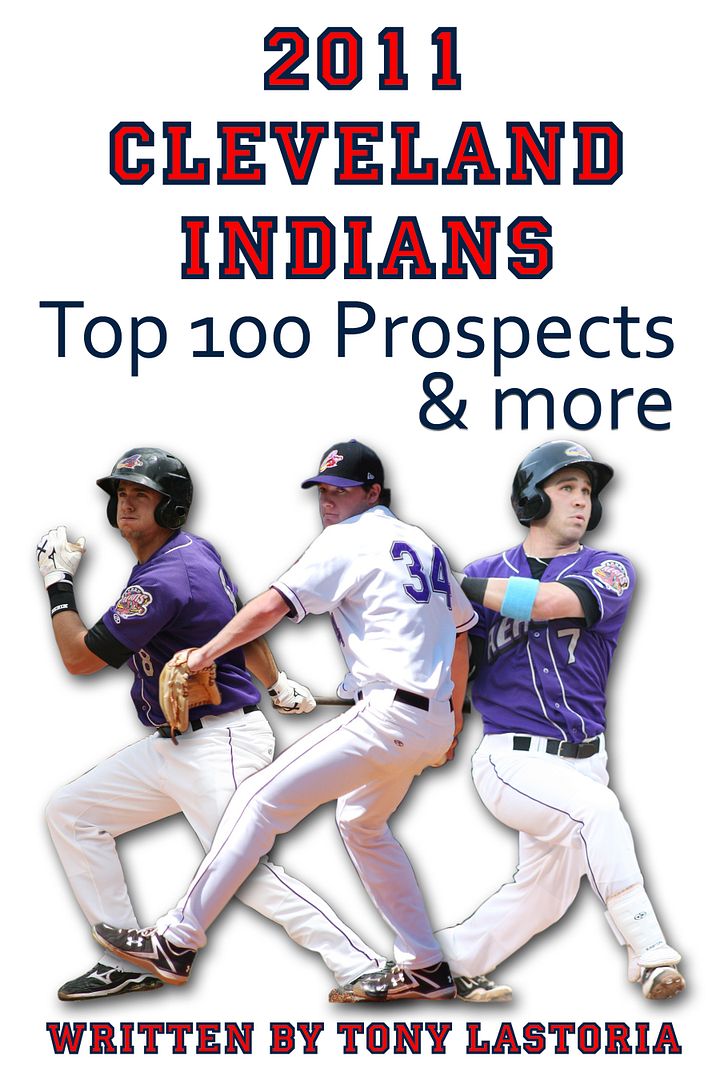
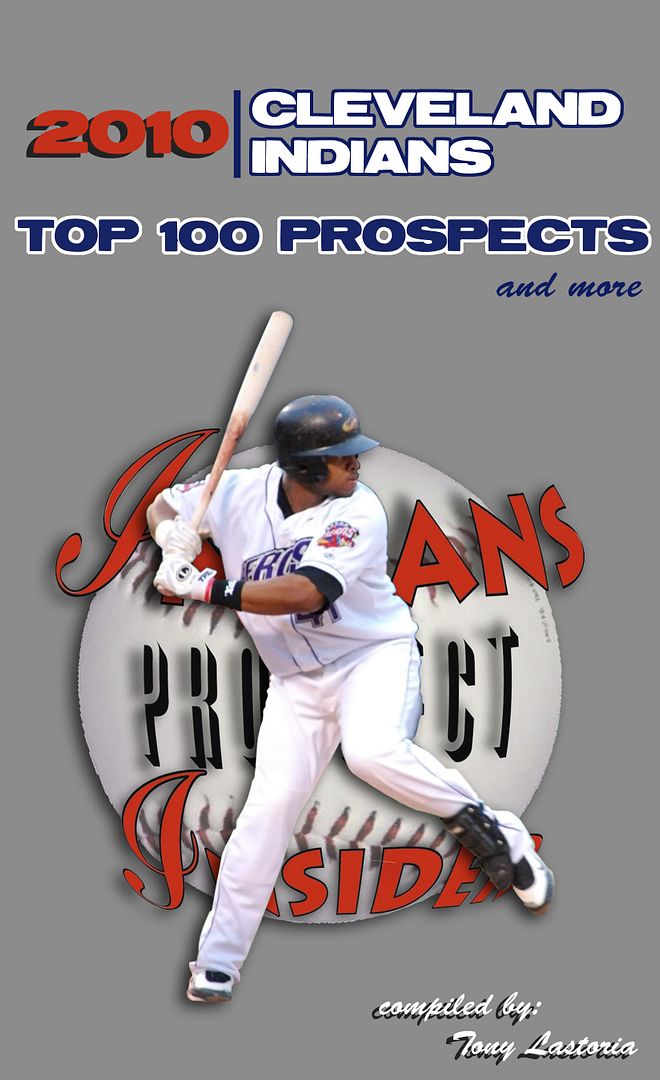
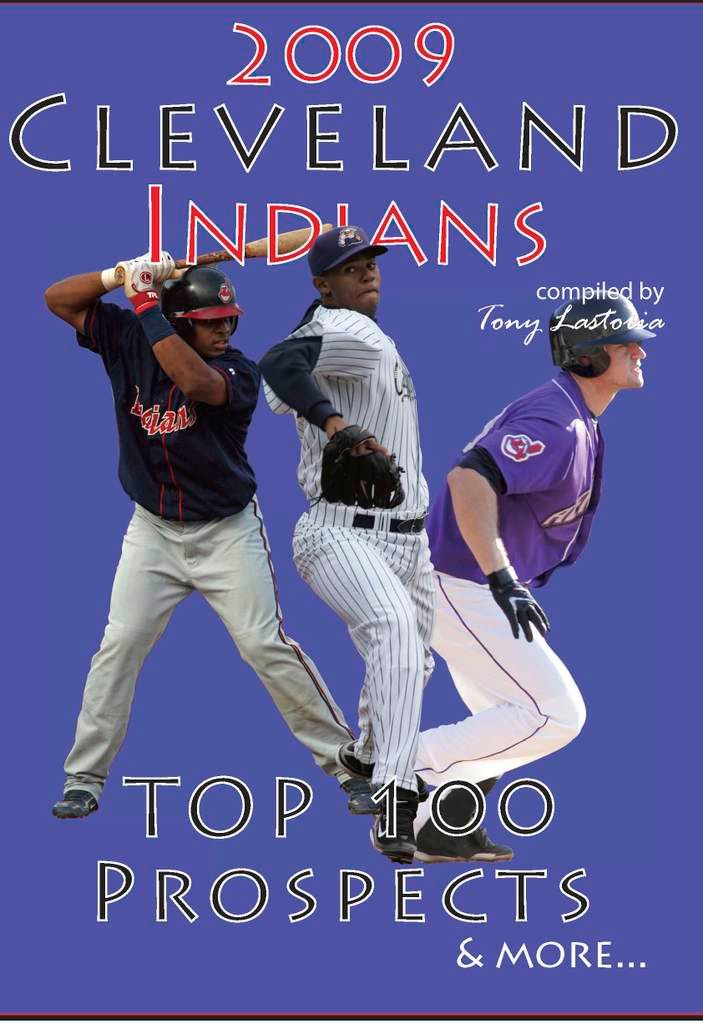
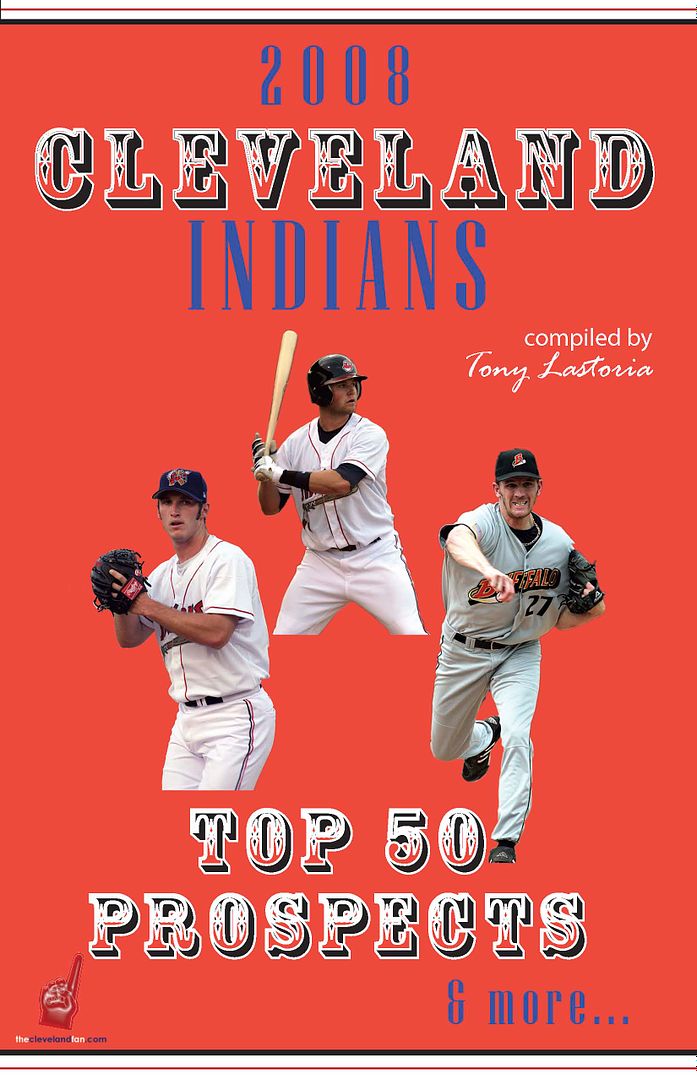
 Everything on this site is free, but for those interested in making any monetary contributions to help support the stability and growth of this site please click on the "Donate" button below.
Everything on this site is free, but for those interested in making any monetary contributions to help support the stability and growth of this site please click on the "Donate" button below.


3 comments:
Would be nice of the small market teams had anything resembling clout within the baseball system. It just seems like they will be forever content to be farm systems for the rest of the league. The new agreement just will make it all the harder for small market teams to have a chance at success because it just took away one of the few avenues of advantage we've enjoyed. As evenly balanced as the NFL has always been, and basketball is now becoming, I was hoping some trend towards competitive balance would be possible, but it doesn't look like baseball is remotely close to getting their ship in order. The Boston's and New York's will get to be major contenders every single year for a World Series, While the Indians and Pirates of the league hope to be over .500 maybe two or three years out of every decade.
Would have liked to have seen franchise player rules, where smaller market teams would have a percentage of the salary paid by MLB before distributing revenue. Also would have liked to see two additional wild cards, where 1 & 2 seeds would get first round bye like pro football.
From the sounds of it, it appears that MLB really thought they were doing the smaller markets a favor with the draft changes. We will need to see how all of this plays out over the next 2-3 drafts, but yeah, it looks like it has the potential to be a disaster. Keep in mind, a lot of these changes were made by the league to get things in line. From the sounds of it, the teams had very little input or veto power.
Post a Comment